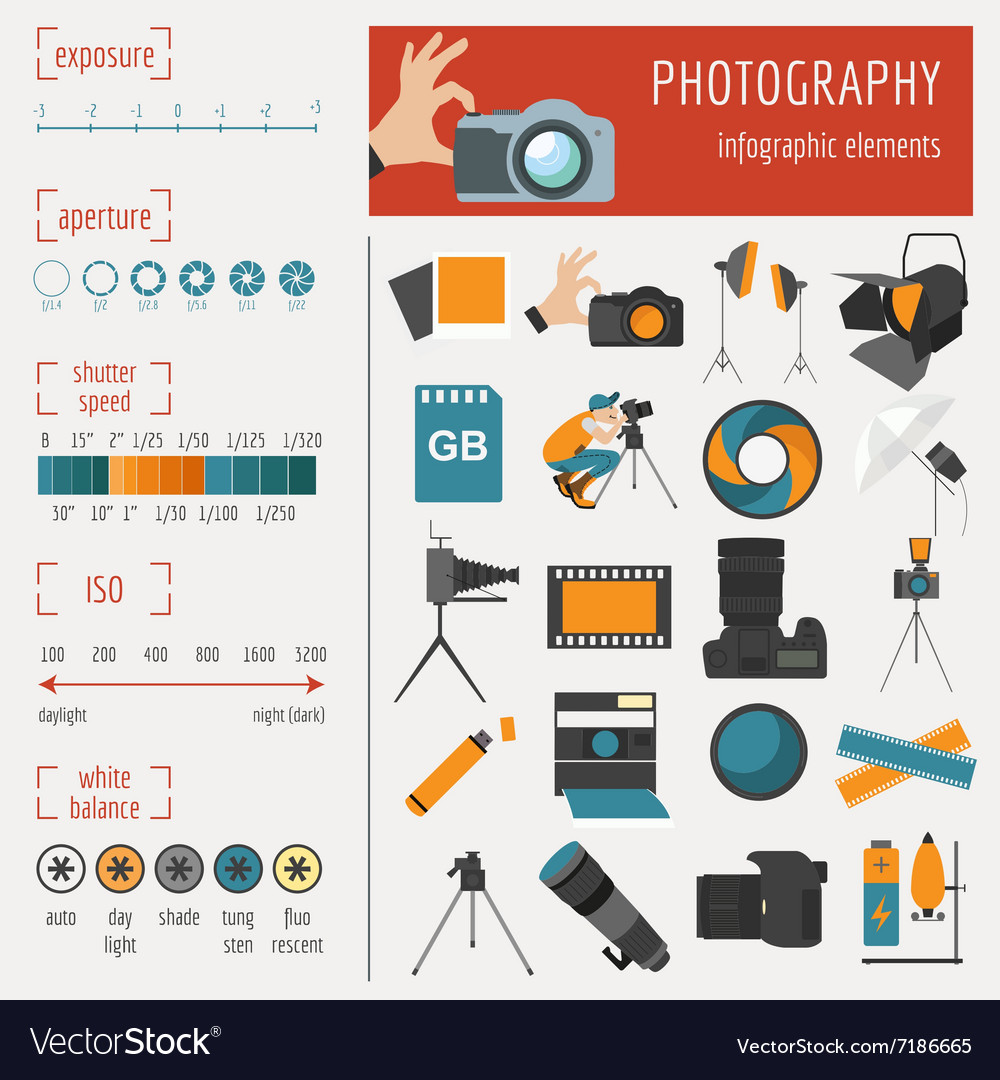What Every Photographer Needs To Understand About Lighting
What Every Photographer Needs To Understand About Lighting
Blog Article
Writer-From Ibrahim
As a photographer, you recognize that lighting can make or damage your photos. Comprehending the subtleties of both natural and artificial light is essential for catching the mood and quality you aim for in your job. Whether you're chasing the excellent gold hour glow or adjust your synthetic setups, understanding these components can elevate your photography substantially. But there are Linkedin portrait that several ignore, and acknowledging them can transform your technique to every shoot. Let's explore what you could be missing out on and how it can influence your results.
Comprehending All-natural Light
Understanding all-natural light is crucial for any kind of photographer wanting to enhance their work. It's the structure of fantastic photography, affecting mood, tone, and clarity. When you shoot outdoors, take notice of the time of day. The gold hour-- quickly after sunrise and before sundown-- uses soft, warm light that can change normal scenes right into spectacular images.
Don't undervalue the power of cloudy days. Cloud cover diffuses sunlight, developing a soft, also light that's perfect for portraits and macro digital photography. You'll locate shades appear this kind of lighting without extreme darkness.
Positioning matters, as well. Constantly consider your subject's positioning to the light. If the sunlight's behind your subject, you may end up with a shape, which can be remarkable but mightn't be what you desire. Alternatively, straight sunshine can develop uncomplimentary darkness.
Try out angles; in some cases, altering your viewpoint can yield fantastic results. Usage all-natural reflectors, like water or sand, to bounce light onto your topic, adding dimension.
Mastering Artificial Light
Understanding man-made light is important for professional photographers that wish to take their abilities to the following level. Whether you're making use of speedlights, workshop strobes, or constant lights, recognizing how to adjust these sources can significantly enhance your images.
Start by acquainting yourself with the essentials of light high quality, instructions, and shade temperature level. Experiment with various modifiers like softboxes, umbrellas, or grids to regulate the softness or harshness of the light.
You'll find that soft light often develops lovely results, while harsher light can include drama and deepness. Don't shy away from darkness; they can improve the three-dimensionality of your subjects.
Pay close attention to the placement of your lights. A light positioned also close to your subject can produce unflattering results, while also far away can bring about an absence of detail. Use a light meter or your electronic camera's pie chart to ensure you're exposing appropriately.
Finally, remember that artificial light can be combined with ambient light for creative impacts. Balancing these resources might take technique, but once you master it, your digital photography will genuinely beam.
Methods for Various Scenarios
When you step into different shooting situations, adjusting your lighting strategies is important for catching the most effective pictures. For outside portraits, use the gold hour-- early morning or late afternoon light-- to soften shadows and enhance skin tones.
If it's a harsh midday sun, think about using a reflector to bounce light back onto your topic or look for shaded areas for a much more even direct exposure.
In low-light circumstances, like indoor events, increase your ISO and utilize a broad aperture to allow in more light. A tripod can aid eliminate camera shake, allowing for longer exposures without obscuring.
If you're contending night, trying out off-camera flash to produce dynamic lighting and deepness in your pictures.
For product digital photography, make use of diffused lights to prevent rough reflections. Softboxes or light camping tents can aid accomplish this effect.
When photographing landscapes, think about the instructions of light and time of day, as it can considerably transform the state of mind of your shot.
Always prepare to adjust https://telegra.ph/Creative-Ways-To-Market-Your-Photography-Provider-01-08-2 and positioning based on the situation, as versatility is essential to grasping lighting in photography.
Conclusion
Finally, mastering lighting is essential to elevating your digital photography abilities. Accept all-natural light's elegance throughout golden hour, and do not avoid explore fabricated light methods. By adapting your method to different scenarios, you'll capture magnificent pictures that reverberate with feeling and clearness. Keep in mind, the ideal lights can change a regular shot into something phenomenal, so maintain exercising and fine-tuning your understanding of both all-natural and artificial light. Happy capturing!
